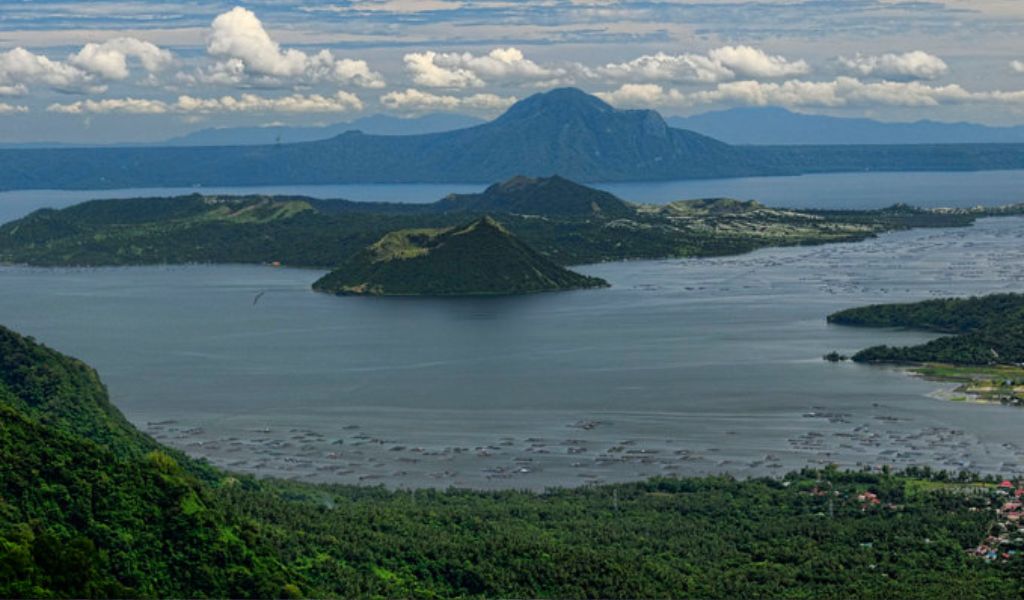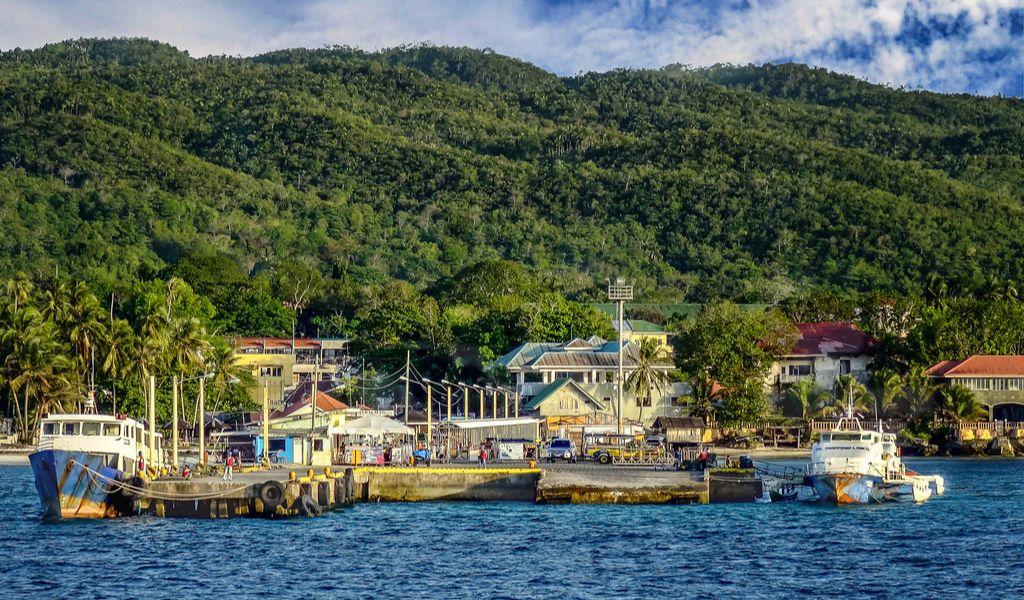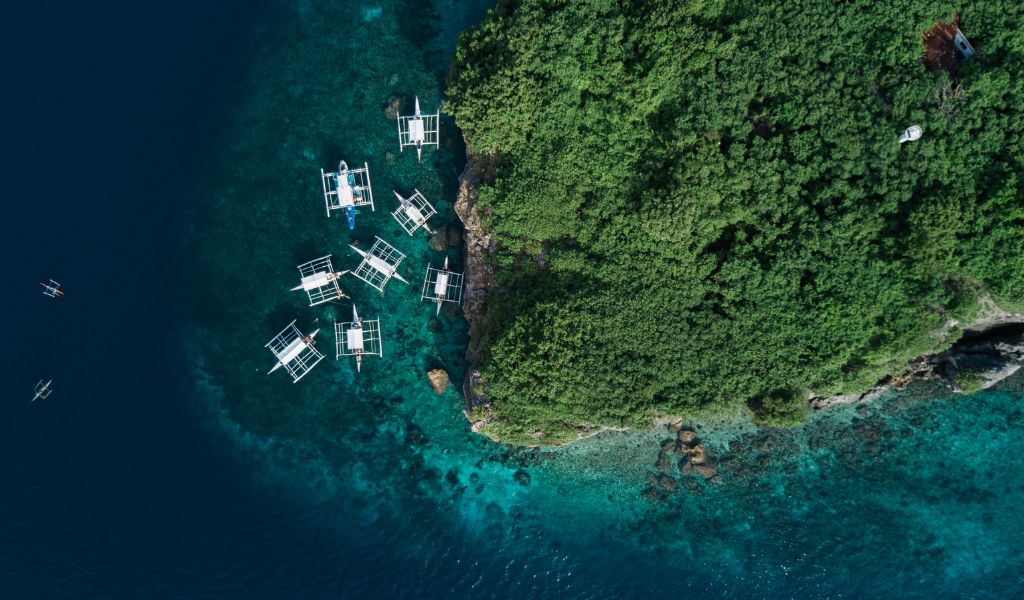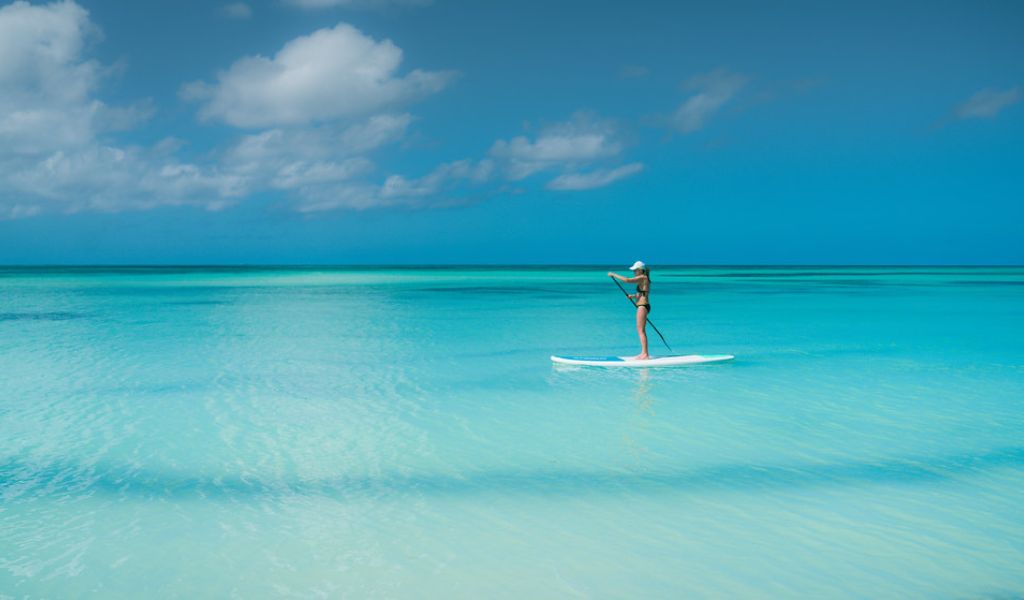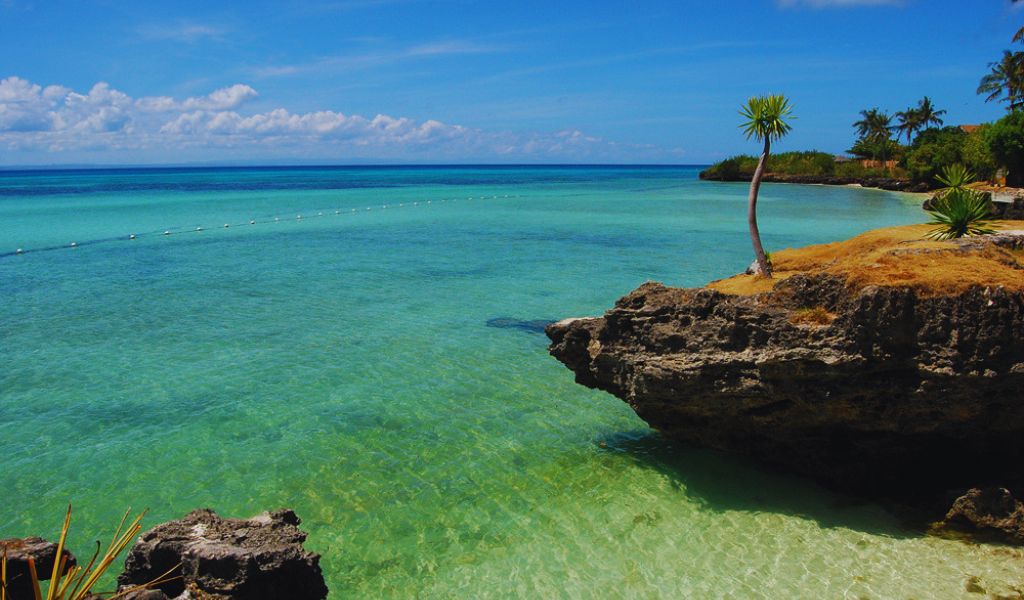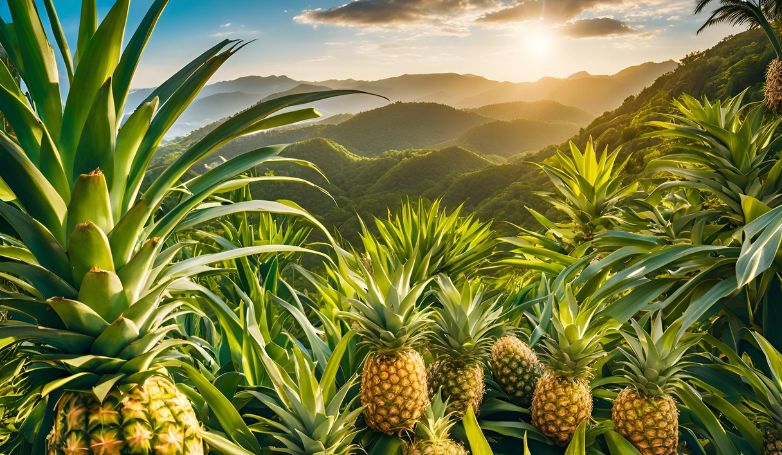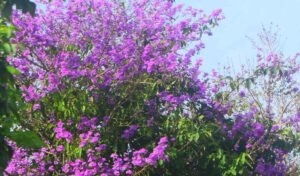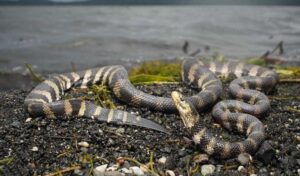Get Ready to Rumble – Your Ultimate Guide to The Active Taal Volcano In 2024!
Calling all thrill-seekers and nature enthusiasts! The Taal Volcano in the Philippines is one of the world’s most enthralling and active volcanoes, offering an unforgettable experience for those daring enough to explore its beauty. As we leap into 2024, it’s essential to arm yourself with the latest information, safety measures, and expert advice to ensure your adventure is not only exhilarating but also safe. So lace up your hiking boots, charge your cameras, and join us as we dive into the heart of the action at Taal Volcano. With its picturesque views and pulsing energy beneath your feet, this is one journey you won’t want to miss!
The Majesty of Taal – Understanding Its Unpredictable Nature
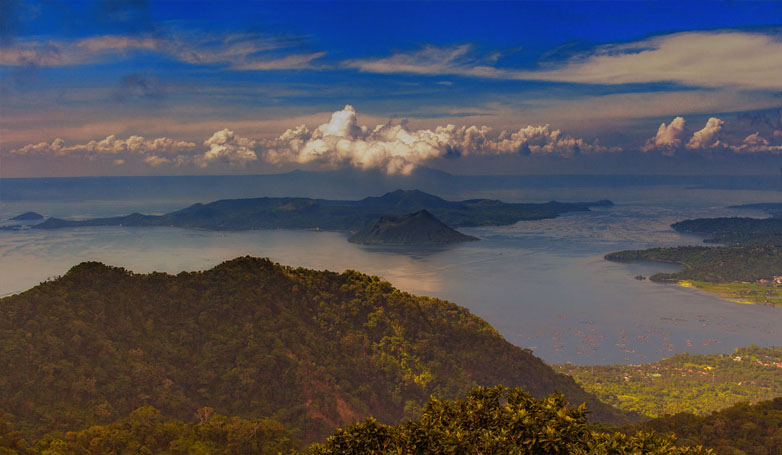
Taal Volcano, a complex volcano located in the scenic Taal Lake in the province of Batangas, is one of the most closely monitored volcanoes in the Philippines due to its active status. In recent years, it has shown increased volcanic activity, reminding us of its power and unpredictability. The volcano boasts a unique landscape, featuring a crater lake that holds Vulcan Point, a tiny island within a lake on an island!
Understanding Taal’s behavior is crucial for anyone planning a visit. Regular updates from the Philippine Institute of Volcanology and Seismology (PHIVOLCS) provide essential information on the current volcanic alert levels, which range from 0 (No Alert) to 5 (Hazardous Eruption Imminent). Always heed these warnings and never venture into prohibited areas.
Gear Up – What to Bring for Your Taal Adventure
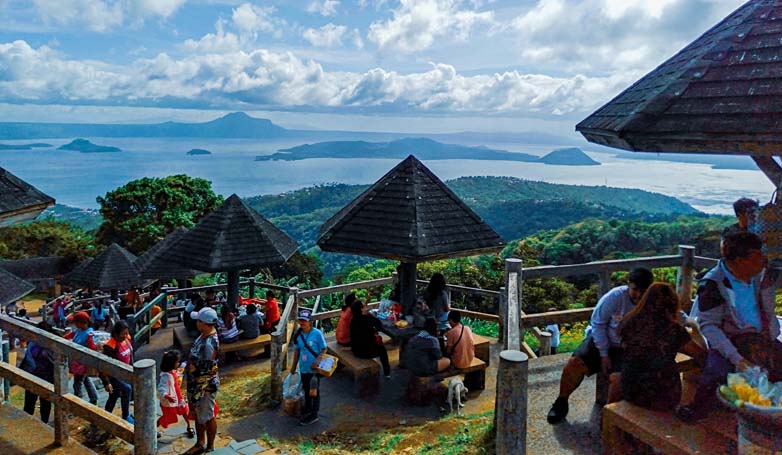
Preparing for a Taal Volcano adventure requires careful packing to ensure both comfort and safety in this dynamic natural environment. Essentials include lightweight, breathable clothing, a sturdy pair of hiking boots or shoes with good grip, and a wide-brimmed hat for protection against the tropical sun. Since volcanic areas can be dusty, bringing a face mask or bandana is helpful to shield against ash or other particles. Sunscreen, sunglasses, and plenty of water are must-haves to stay hydrated and protected under the sun.
Don’t forget a rain jacket, as weather can shift quickly, and a compact first-aid kit with basic supplies. Lastly, a reliable camera or smartphone with ample storage will let you capture the breathtaking views of Taal’s crater and surrounding lake—a memorable highlight of this thrilling excursion.
Embracing the Elements – Volcano Safety 101
When exploring a volcano like Taal, embracing the elements requires a solid understanding of safety precautions to ensure an enjoyable and secure adventure. Volcano safety starts with respecting the environment and preparing for potential hazards. Always check the latest volcanic activity alerts from local authorities before heading out, as eruptions can occur with little warning. Wear appropriate gear, including closed-toe shoes, long sleeves, and face masks to protect against ash and debris.
Bring extra water, as volcanic areas can be dehydrating, and a first-aid kit for emergencies. Stay on marked paths, avoid venturing too close to fumaroles (steam vents) or unstable ground, and follow any instructions from local guides who are familiar with the area’s unique risks. By preparing thoughtfully, you can safely experience the raw beauty and power of a volcano without compromising on safety.
Capturing the Moment – Photography Tips at Taal

Capturing the beauty of Taal Volcano is a rewarding experience, and a few photography tips can help you make the most of this dramatic landscape. Early morning or late afternoon light is ideal, casting warm tones over the lake and crater, and giving depth to the surrounding mountains. Bring a wide-angle lens to capture the sweeping views of Taal’s lake within a lake, as well as a zoom lens if you want to highlight volcanic details like steam vents or rock formations.
For clear shots, especially if there’s volcanic haze, consider using a UV filter. Tripods can be helpful for low-light settings or when you want to slow down the shutter speed to capture movement like mist drifting over the water. Don’t forget to take candid shots of the local flora and fauna, or even the colorful boats that carry visitors across the lake, which can add personality and storytelling to your photos. With a bit of planning, you’ll come away with images that reflect the unique majesty of Taal.
Conclusion
Taal Volcano is more than just a tourist spot; it’s an active geological marvel that beckons adventure lovers from around the globe. By staying informed, respecting natural warnings, and preparing adequately, you can safely immerse yourself in the experience that Taal offers. Remember, a volcano’s power is majestic, but it demands our respect and caution. Whether you’re a veteran volcano explorer or a first-time visitor, Taal Volcano in 2024 is set to be an awe-inspiring adventure that will leave you with memories—and photos—to last a lifetime. Stay safe, stay alert, and embrace the thrilling experience that is Taal Volcano!
FAQs The Active Taal Volcano In 2024
1. Is Taal Volcano still active in 2024?
As of my knowledge cutoff date, Taal Volcano is considered active and has recently exhibited unrest. Please check with PHIVOLCS or relevant authorities for the current activity status.
2. What should I do if I’m near Taal Volcano and it shows signs of an eruption?
Follow local authority guidance, which may include evacuation orders. It’s essential to have an emergency plan if you live in a potential impact zone. Stay informed through official channels and have supplies ready for a quick departure if necessary.
3. How does the volcanic activity at Taal affect nearby areas?
Volcanic activity can lead to ashfall, volcanic smog (vog), lava flows, and pyroclastic density currents, which can impact air quality, water sources, and infrastructure. Communities around the volcano, especially in the province of Batangas, may face evacuation, disruption of daily life, and potential health risks.
4. Is it safe to live near Taal Volcano?
Living near an active volcano entails risk. Safety depends on the distance from the volcano, current activity levels, and the effectiveness of monitoring and evacuation plans. Residents near Taal Volcano should remain vigilant and follow local safety guidelines.

